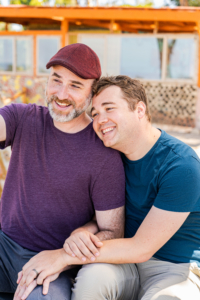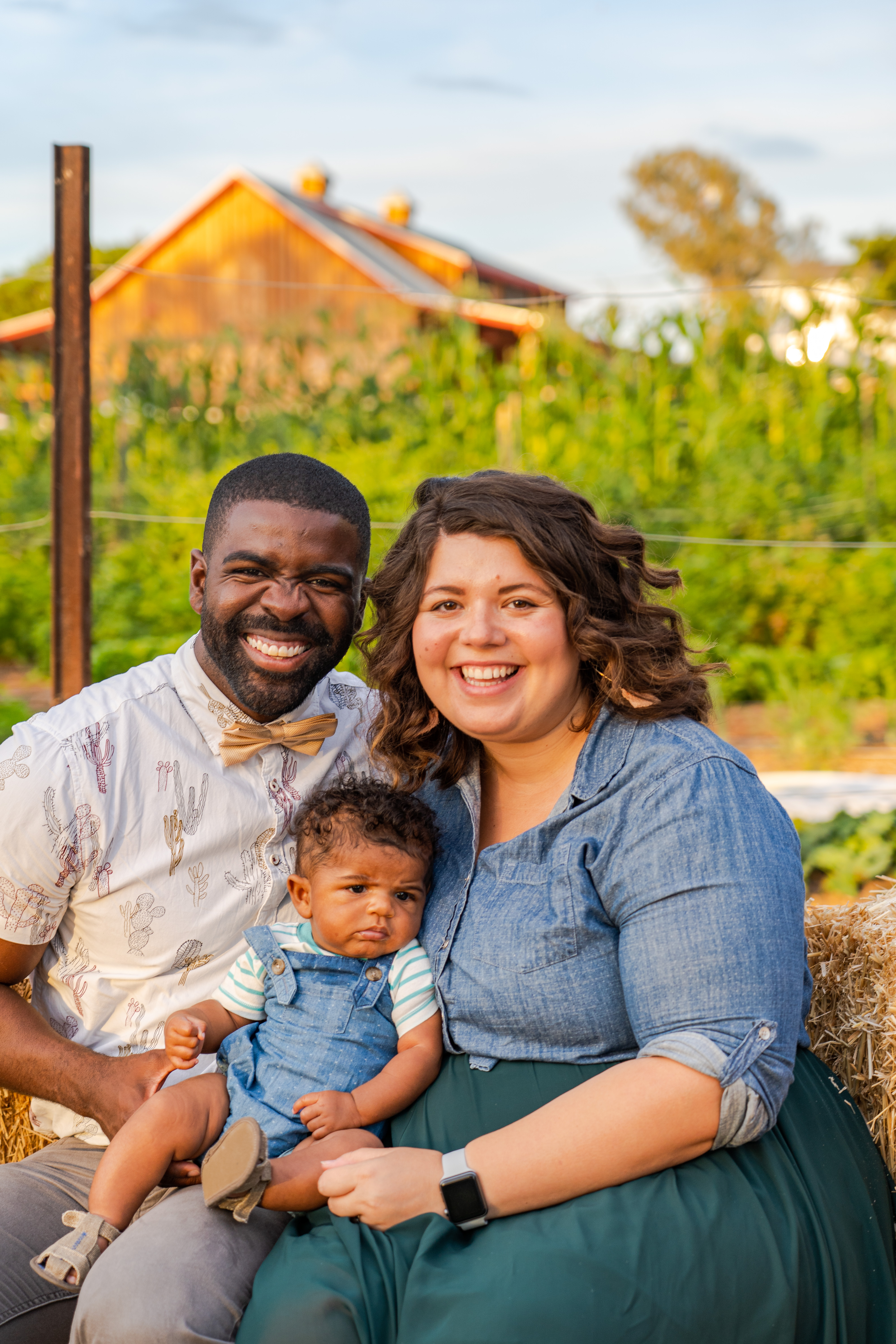This workshop is a part of a series focused on creating and maintaining a safe, respectable and equitable workplace.
What is bias? Its objective definition is regarded as a “personal and unreasoned judgment.” Subjectively, it can mean something different to anyone experiencing or committing it at any given moment. It’s safe to say, however, that at one time or another we have both experienced and committed bias.
As cause-driven organizations, it’s important that we understand where bias comes from, and find ways to minimize or eliminate it from pervading our workplace and the communities we serve. After a deep dive into biases with Gamal Palmer, Senior Vice President of Leadership Development at the Jewish Federation Los Angeles, we outlined some pathways to creating a workplace free from bias. Thanks to Gamal for these unique exercises from his Diversity Gym Course.
These tools are only the first step, and we suggest reaching out to Gamal for guidance on advancing them in your organization.
Discover Your Story
Our biases manifest from our lived experiences. How we grow up and what we witness are moments that deeply affect how we see and treat people. Here are some ways to figure out what your story is:
- Identify the first time you knew you were different from someone else. How did this moment shift how you saw yourself in the context of the world? Think about how that might have made you shift your perception of the world.
- What did you see growing up? Our childhood shapes our adulthood, and things that we see as children form our viewpoints as adults. Write down how you saw things like race, gender, sexuality, religion and more addressed around you, whether it was on television, in school or in conversations with your family.
Unpack Your Bias
Acts or thoughts motivated by bias are often triggered subconsciously and happen in a matter of seconds, meaning that we aren’t always aware when we’re committing them. Below are a couple of suggestions to identify your biases.
- Recall a moment that you categorized someone else as “different.” Did this moment affect how you saw them or interacted with them? Addressing these moments can lead to healing how we see, address and respect others.
- How do you experience bias? It’s common to do to others what has been done to us, so identifying ways we experience bias might shed light on how we commit it. With yourself, or someone you trust, connect the biases you experience with the biases you commit.
Practice Empathy
Practicing empathy requires us to see the world through each other’s eyes to understand different feelings. The task isn’t easy and it challenges us to reckon with our biases head on. Here a few ways to practice empathy.
- Recognize and manage your triggers: A trigger is a word or phrase that immediately makes you anxious, angry, or stunned. To help us recognize our triggers, Gamal simulated experiences where we’d come face-to-face with words that made us react negatively. Managing our reactions helped us manage our triggers, giving us tools to remain balanced and professional during someone’s act of bias. This was another tangible exercise in practicing empathy and patience during times of intensity or even adversity.
- Walk in their shoes. In our session we shared various stories of bias and experimented with improvisational exercises that helped us understand bias more. This experience allowed us to practice empathy on ourselves, while also making it safer for the group to practice with each other.
Conclusion
Whether it’s internally at work or in the communities we serve, we both experience and commit bias. Just because we’re mission-driven organizations does not mean that we’re free of bias. Additionally, people outside our organizations may have biases about us or our clients and we must be equipped with the tools to address those and work with them to create safe environments in the office and in the community.
If you find these tools helpful in opening a conversation about bias, then bring Gamal to your organization for a thorough workout in the Diversity Gym! You can email him here.


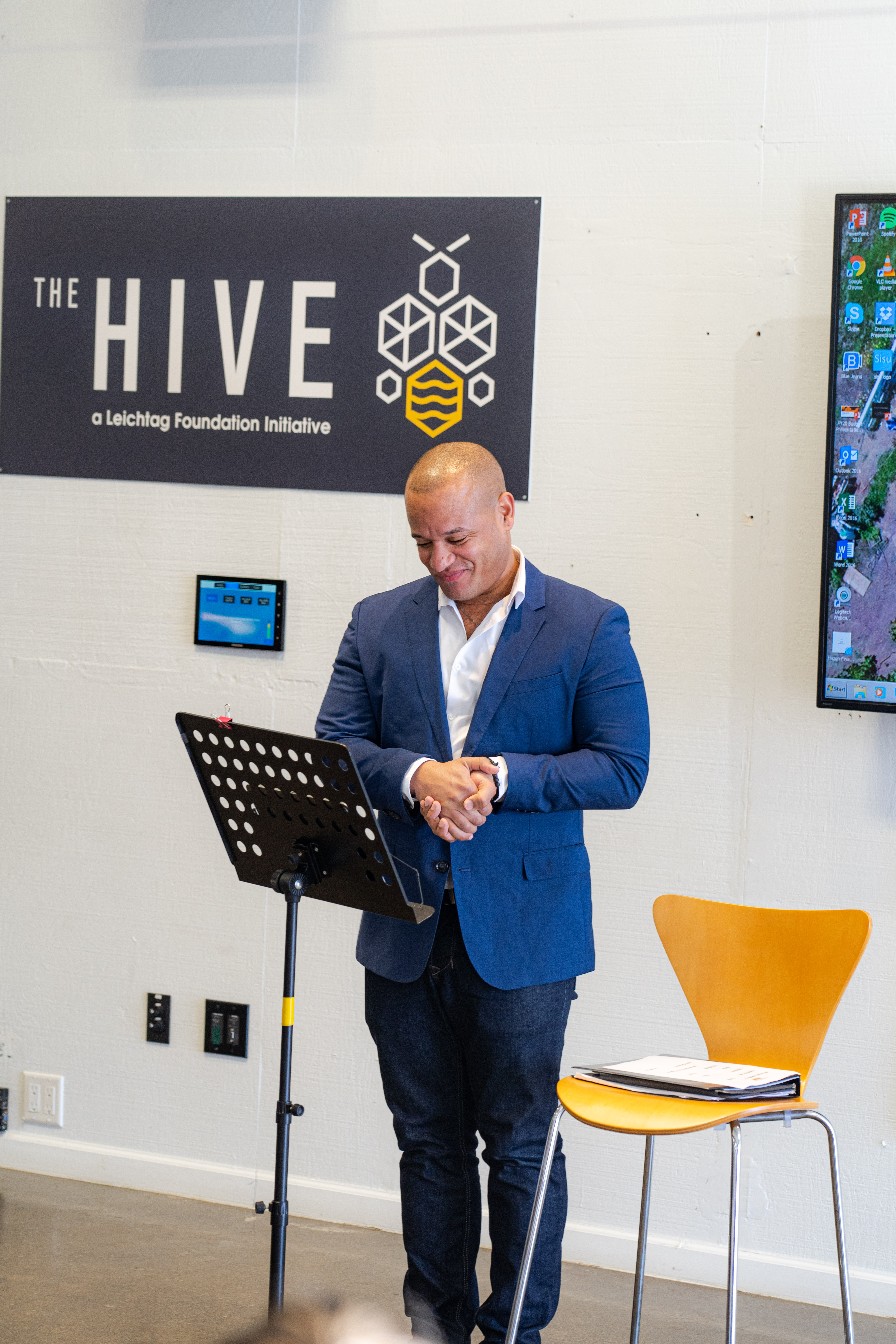


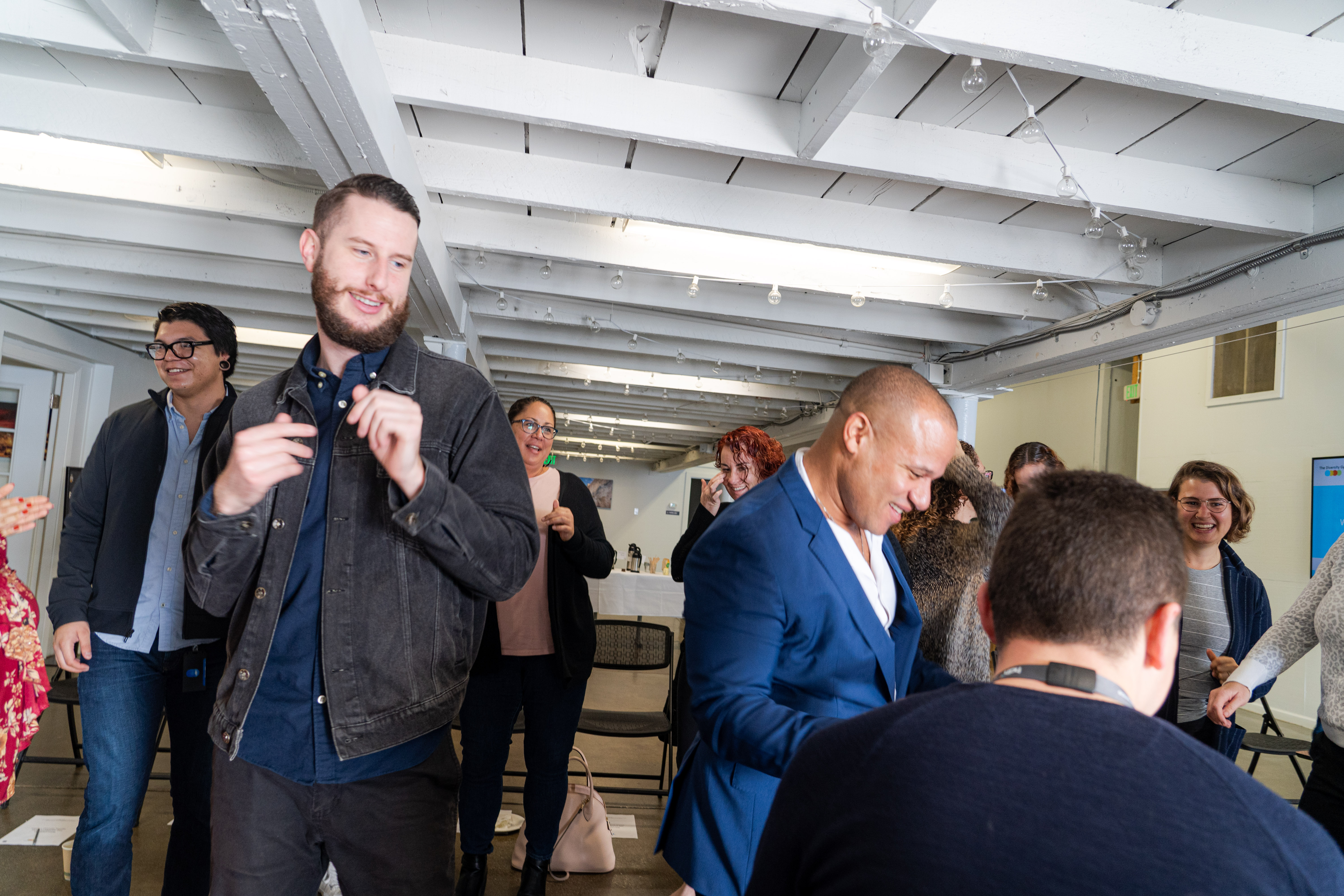



 Black, Jewish and Queer. These three identities weave the fabric of who I am, but it took a long time to believe that they could exist together.
Black, Jewish and Queer. These three identities weave the fabric of who I am, but it took a long time to believe that they could exist together. Lee and Toni Leichtag established the Leichtag Foundation in 1991 following the sale of their business. Lee and Toni were lifelong entrepreneurs with a passion for innovation and for supporting talent. They believed that only with big risk comes big reward. Both born to families in poverty, Toni to a single mother, they strongly believed in helping those most in need and most vulnerable in our community. While they supported many causes, their strongest support was for young children and the elderly, two demographics who particularly lack voice in our society.
Lee and Toni Leichtag established the Leichtag Foundation in 1991 following the sale of their business. Lee and Toni were lifelong entrepreneurs with a passion for innovation and for supporting talent. They believed that only with big risk comes big reward. Both born to families in poverty, Toni to a single mother, they strongly believed in helping those most in need and most vulnerable in our community. While they supported many causes, their strongest support was for young children and the elderly, two demographics who particularly lack voice in our society. Lifelong Baltimoreans, Rabbi George and Alison Wielechowski and their sons, 11-year-old Lennon and 9-year-old Gideon, are more than pursuing the good life in Southern California. Having moved to San Diego more than three years ago, they are fulfilling a lifelong dream.
Lifelong Baltimoreans, Rabbi George and Alison Wielechowski and their sons, 11-year-old Lennon and 9-year-old Gideon, are more than pursuing the good life in Southern California. Having moved to San Diego more than three years ago, they are fulfilling a lifelong dream.



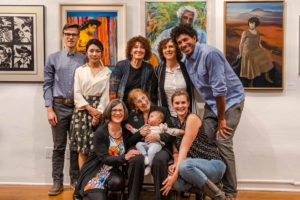
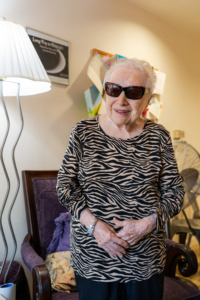
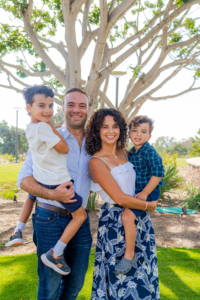
 You would think that as the executive director of San Diego LGBT Pride, Fernando Zweifach López Jr., who uses the pronoun they, has done all the coming out they possibly can. A queer, non-binary individual who has worked for many years on civil rights issues, López also speaks openly and often about their father’s family, Mexican-American migrant workers who tilled the fields of rural California.
You would think that as the executive director of San Diego LGBT Pride, Fernando Zweifach López Jr., who uses the pronoun they, has done all the coming out they possibly can. A queer, non-binary individual who has worked for many years on civil rights issues, López also speaks openly and often about their father’s family, Mexican-American migrant workers who tilled the fields of rural California.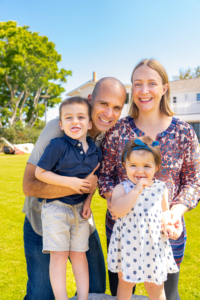 Stacie and Jeff Cook understand commitment. They live it.
Stacie and Jeff Cook understand commitment. They live it.